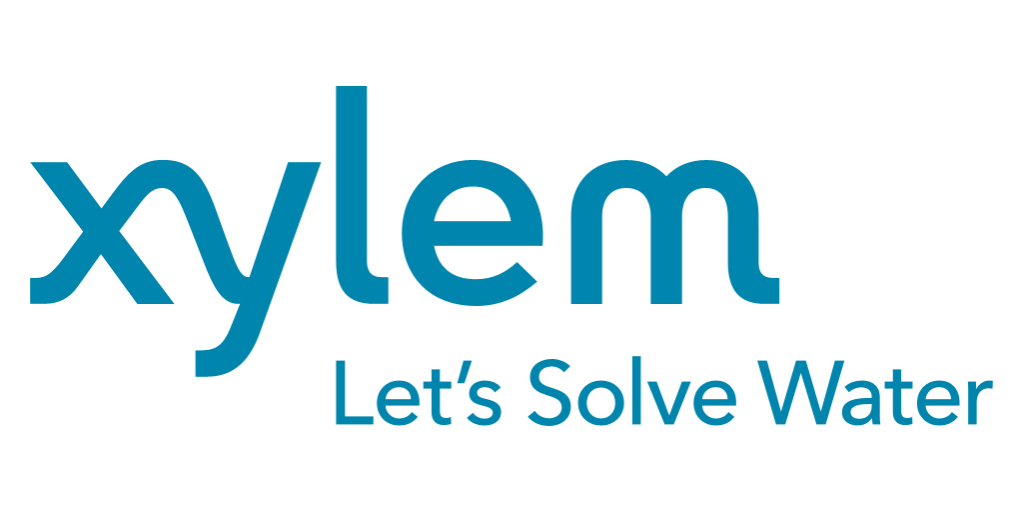Sign up for daily news updates from CleanTechnica on email. Or follow us on Google News!
At 227 feet below sea level, California’s Salton Sea rests at one of the lowest points in the United States. Beneath the surrounding desert, however, is a natural resource that could lift our clean energy economy to unprecedented heights.
DOE’s Jeff Marootian joins the groundbreaking ceremony for CTR’s “Hell’s Kitchen” development by the Salton Sea.
Last week, developer Controlled Thermal Resources (CTR)—a recipient of multiple rounds of federal funding and technical support through the U.S. Department of Energy (DOE) Technology Commercialization Fund—broke ground on the region’s newest geothermal power plant. The facility will not only generate electricity from geothermal energy, which has immense untapped potential in its own right, but also serve a vital, dual purpose: extracting lithium from a hot, saline fluid called “brine,” which flows among rocks deep in the subsurface.
According to estimates, the Salton Sea region harbors almost 3,000 megawatts of geothermal energy potential. The landscape around the Salton Sea, which is exceptionally well-suited to both geothermal power generation and lithium extraction, is already dotted with 11 geothermal power plants. CTR’s new facility will be the first development in the region that can perform both functions, presenting the country’s first opportunity to pair clean, renewable electricity with a domestic source of lithium.
At the groundbreaking ceremony for CTR’s “Hell’s Kitchen” project, DOE’s Principal Deputy Assistant Secretary for Energy Efficiency and Renewable Energy, Jeff Marootian, emphasized the importance of the domestic production of lithium—the rare, lightweight metal used to manufacture batteries for smartphones, consumer electronics, and electric vehicles.
“Lithium is vital to decarbonizing the economy and achieving President Biden’s climate goals, which include 50% electric vehicle adoption by 2030,” said Marootian. “The United States currently has limited capabilities for domestically sourced lithium. Revitalizing the Salton Sea region provides the U.S. an opportunity to supercharge the domestic supply chain for EV batteries and battery storage.”
Over the next 15 years, global demand for lithium is expected to grow by a factor of 40. At present, nearly 95% of the world’s lithium comes from just four countries: Australia, Chile, China, and Argentina. Just 1% of lithium used in the United States is harvested domestically.
To address this imbalance, the Biden-Harris administration is committed to advancing the science of extracting lithium from brines. Since 2021, DOE’s Office of Energy Efficiency and Renewable Energy has allocated more than $15 million in funding for research and development in this field. These investments include a $2 million prize for innovations in direct lithium extraction, a $12 million funding opportunity for the study and validation of extraction and conversion technologies, and $1.5 million for a comprehensive study of the Salton Sea region’s potential for lithium production.
Last November, DOE announced the results of the study, which confirmed the region has immense potential as a domestic source of this critical resource. The study found that the Salton Sea region could produce more than 3,400 kilotons of lithium—more than enough to support a complete, nationwide transition to electric vehicles.
A robust domestic supply of lithium will not only protect American businesses and consumers from supply chain disruptions, but also reinforce the independence of America’s new, clean energy economy. If their potential is fully realized, the geothermal facilities by the Salton Sea may prove to be among the most important energy projects of the 21st century.
Courtesy of U.S. DOE’s Office of Energy Efficiency & Renewable Energy.
Have a tip for CleanTechnica? Want to advertise? Want to suggest a guest for our CleanTech Talk podcast? Contact us here.
Latest CleanTechnica TV Video
I don’t like paywalls. You don’t like paywalls. Who likes paywalls? Here at CleanTechnica, we implemented a limited paywall for a while, but it always felt wrong — and it was always tough to decide what we should put behind there. In theory, your most exclusive and best content goes behind a paywall. But then fewer people read it!! So, we’ve decided to completely nix paywalls here at CleanTechnica. But…
Thank you!
CleanTechnica uses affiliate links. See our policy here.




